The integration of art and culture into middle school curriculum represents one of the most powerful educational approaches for fostering holistic development in young minds. At this crucial developmental stage, students between ages 11-14 are naturally curious about identity, belonging, and their place in the world. Our recent CBSE Class VII & VIII Art Integrated Student-Led Conference (SLC) exemplified this transformative approach, where students brought alive the rich and diverse cultures of Telangana and Jharkhand. Through captivating folk dances, theatrical skits, traditional attires, farming practices, and compelling stories of regional development, these young scholars demonstrated how cultural education transcends mere academic learning to become a bridge connecting heritage with contemporary understanding.
The importance of art and culture in middle school education cannot be overstated, as these formative years are when students develop critical thinking skills, emotional intelligence, and cultural sensitivity. When students engage with diverse cultural expressions—whether through recreating traditional farming practices of Jharkhand or performing folk dances from Telangana—they develop empathy, respect for diversity, and a deeper appreciation for India’s multicultural fabric. The conference showcased how each state reflects not just India’s rich heritage but also its dynamic progress, teaching students that culture is not static but evolves with time while maintaining its core essence. This understanding is particularly vital in today’s globalized world, where cultural literacy becomes as important as traditional academic subjects.
The student-led nature of the conference highlighted another crucial aspect of arts integration: the development of leadership and communication skills. Their remarkable confidence and creativity transformed ordinary classrooms into vibrant cultural spaces, demonstrating how experiential learning can make abstract concepts tangible and memorable. When students take ownership of their learning through cultural projects, they develop agency, self-expression, and the ability to articulate complex ideas with clarity and passion. The transformation of physical spaces through their presentations reflects their internal transformation as confident, culturally-aware young citizens who understand their role as custodians of India’s diverse heritage.
The meaningful inclusion of parents as witnesses to their children’s personal projects added an invaluable dimension to the educational experience, creating a proud moment for every young learner to share their learning journey firsthand. This parental involvement reinforces the connection between home and school cultures while validating students’ efforts and achievements. Research consistently shows that when families engage with their children’s cultural education, it strengthens identity formation and academic motivation. The conference became not just an educational showcase but a community celebration that honored both individual growth and collective cultural wisdom, demonstrating how art and culture can unite generations through shared learning experiences.
Such immersive cultural experiences fundamentally reshape the educational landscape by nurturing essential 21st-century skills including research, collaboration, critical analysis, and presentation abilities, while making learning both joyful and deeply impactful. Beyond these practical skills, arts integration develops emotional intelligence, creative problem-solving, and cultural competency—qualities that are increasingly valued in our interconnected world. The conference proved that when students engage with art and culture meaningfully, they don’t just learn about different states or traditions; they develop into well-rounded individuals who appreciate diversity, think creatively, communicate effectively, and understand their role in preserving and advancing India’s cultural legacy for future generations.
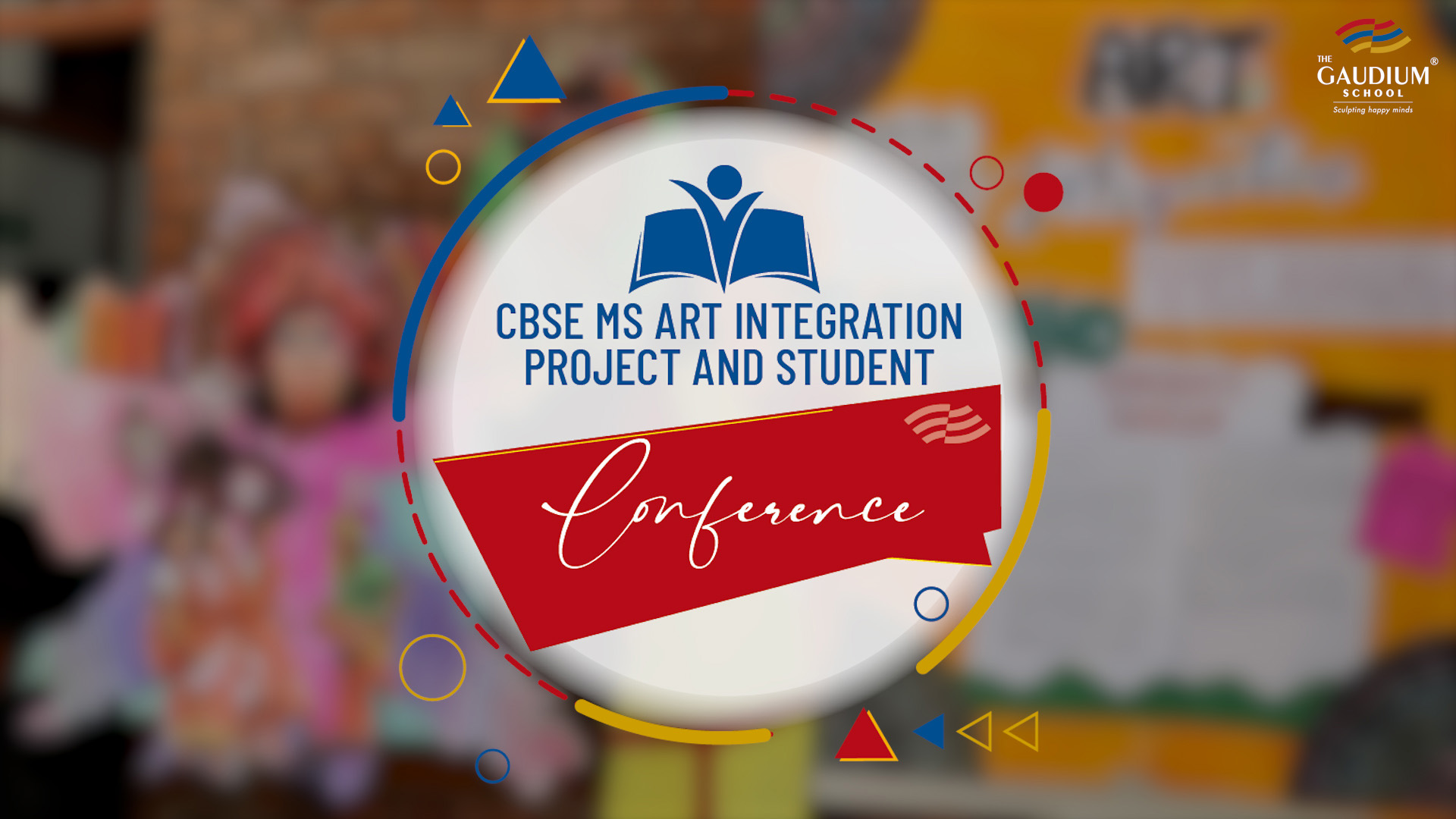
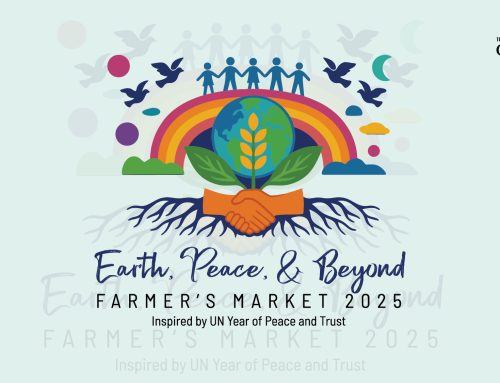
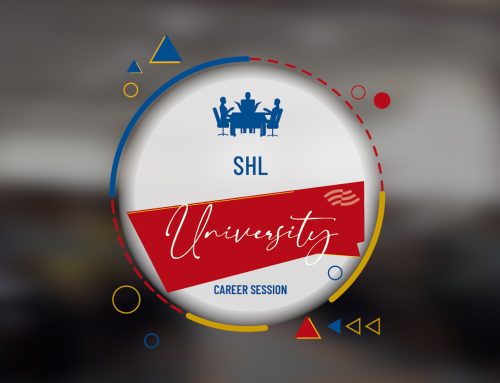
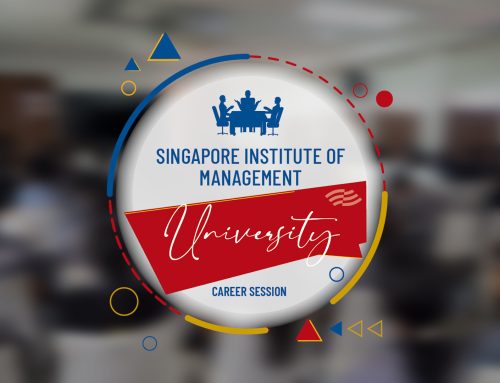
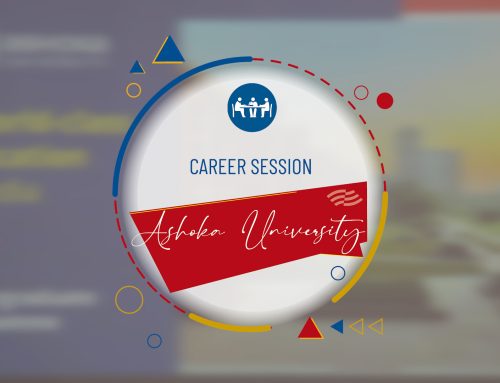
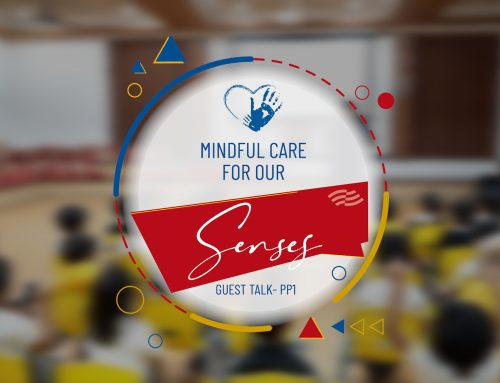
Leave A Comment